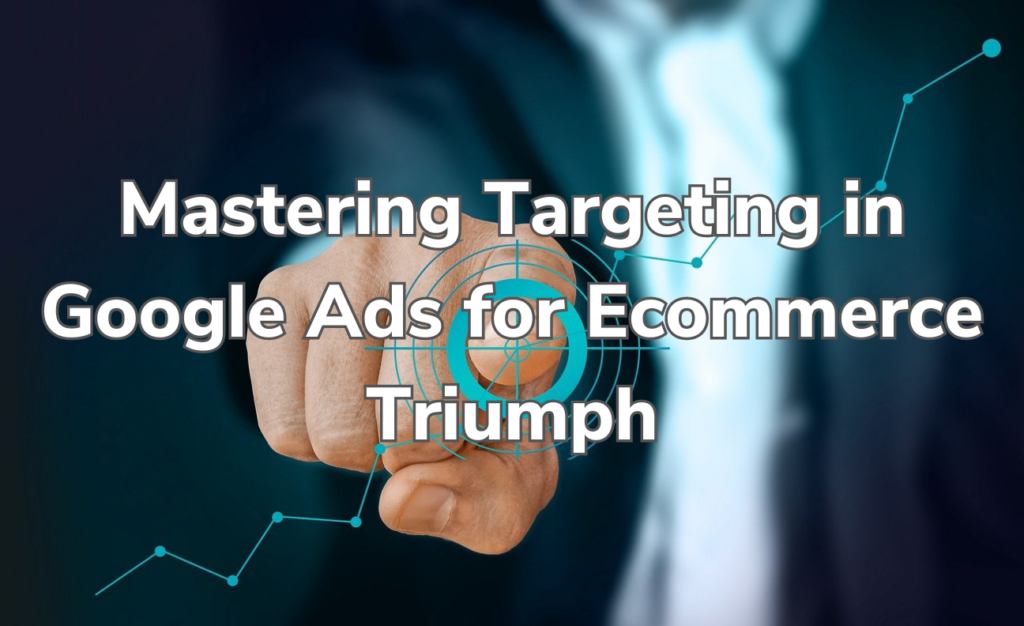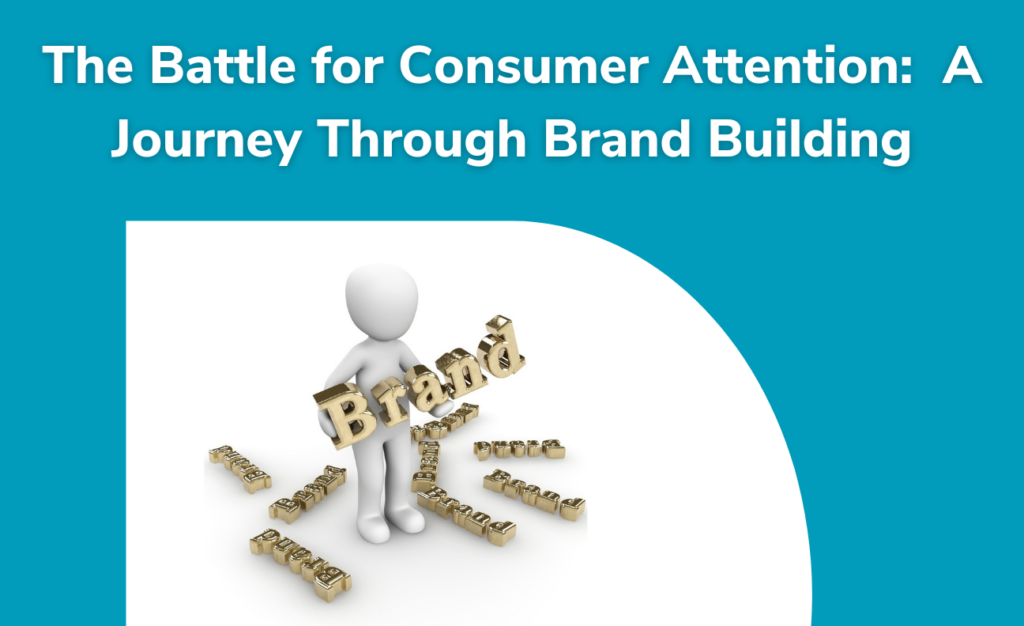Fake followers and social media go hand in hand.
And, as digital marketers, we are aware of quite a few people that are interested in adding a few likes and followers to their social profiles.
But, with the changing state of social media, for example limits on reached profiles on Facebook and LinkedIn, people following a page or a profile has become largely irrelevant.
Therefore, individuals and businesses have started to adapt their fake following into an advanced form.
Fake following has turned into fake engagement, especially on LinkedIn.
Fake Engagement on LinkedIn
Sue Parker of Smart Company recently wrote an article pointing at the problem of fake following and engagement on LinkedIn.
She puts the people looking for fake followers and engagement on LinkedIn into two categories. Arrogant and naive.
In both cases, individuals are trying to showcase influence beyond their professional reality. They both believe that showcasing a large network is equivalent to the demonstration of value.
And, the sad part is, such faking works, at least to a limited degree.
When Fake Engagement Works
In a nutshell, fake engagement only works with people that are not digging deep enough.
For a business like us, where the actual mode of showing value is on the basis of results, internal and external, the number of likes or comments I get on LinkedIn is irrelevant. Even the clients that I share a close connection with in real life are not going to come and engage on my posts because they have better things to do in life.
In most part, I share on LinkedIn for the 40 potential clients a month that check my profile to confirm my credentials. Most of these people have businesses generating considerable revenue because our services are not cheap by any stretch of imagination. And, what more, most of them know me directly or indirectly, based on a previous contact made by our executive team.
As a result, I can only recall a couple of posts where my post engagement crossed the double figures.
You may question the excitement factor. But, writing about business strategy or customer psychology is not for the masses. It only caters to a limited population that has the time and the stomach to digest such stuff.
And, there is an added angle to this understanding – the algorithms.
Social Media Algorithms
Recently, we received some help from Facebook for our ads.
Our engagement rates on Facebook ads is over 2%, which caught the attention of their marketing team in Ireland. (2% may not sound that high but in most cases, the rate is under 0.5%).
Usually, we run two kinds of ads. One to grow the following and second to demonstrate value. (No out and out sales ads).
We were told by the Facebook team that the kind of people that see such ads are drastically different.
In a nutshell, Facebook and other social media networks have figured out the behaviour of specific people for specific cases. For example, social media networks know who is more likely to like a post. This means that when a post with the intention of getting likes is put out, the post is only shown to people that are more likely to like a post. And, these people are not necessarily your target audience. (They are certainly not our target audience).
Especially in B2B cases, including us, people representing businesses are not sitting around liking and commenting on other people’s posts.
Taking the example further, social media networks have also sorted out the kind of people more likely to read your posts. (Yes, likes and comments are not as necessary as you may think).
And, I have personal experience here.
Everytime I share a post, the biggest groups reached are project and program managers in the auto industry in Spain and Germany, and executives in London and Leicester. In both cases, this is related to my previous professional experience, as well as the locations I have lived in.
And, these people are smart enough to see value and measure the sense behind a post. They are able to spot what engagement is real and what is fake. I do not need to go out of my way and pay for a 1,000 likes and a few comments to get things started. (Local idiots join the party at that point).










